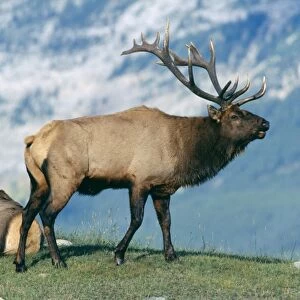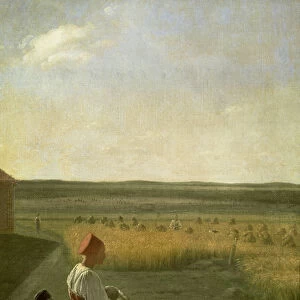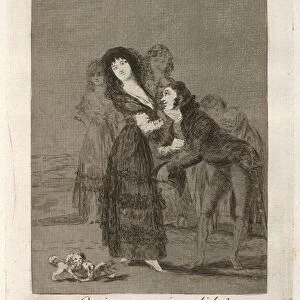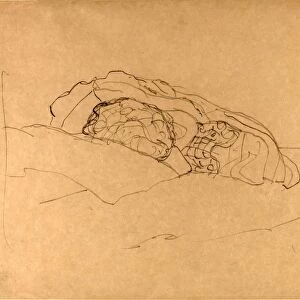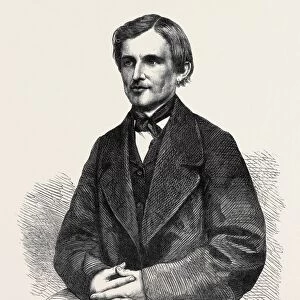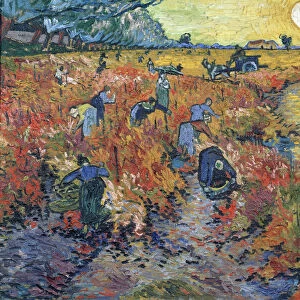Home > Animals > Mammals > Primates
Plesiadapis fodinatus, primate
![]()

Wall Art and Photo Gifts from Mary Evans Picture Library
Plesiadapis fodinatus, primate
Left section of a mandible of the primate, Plesiadapis fondinatus. Specimen dates from the Late Paleocene, silver coulee Quarry, Park County, Wyoming, USA
Mary Evans Picture Library makes available wonderful images created for people to enjoy over the centuries
Media ID 8603197
© Mary Evans Picture Library 2015 - https://copyrighthub.org/s0/hub1/creation/maryevans/MaryEvansPictureID/10710320
Bone Cenozoic Epitheria Eutheria Jaw Bone Jawbone Mammalia Mandible North America Palaeogene Phanerozoic Placental Mammal Prehistoric Primate Primates Skull Paleocene Ramus
FEATURES IN THESE COLLECTIONS
> Animals
> Mammals
> Primates
> North America
> United States of America
> Wyoming
> Related Images
EDITORS COMMENTS
1. Title: A Glimpse into the Past: The Left Mandible of Plesiadapis Fodinatus, a Paleocene Primate from North America 2. Description: This image showcases a significant find from the ancient world, the left section of a mandible (jawbone) of the primate, Plesiadapis fodinatus. Hailing from the Late Paleocene epoch, this fossil was discovered at the Silver Coulee Quarry in Park County, Wyoming, USA. 3. Background: Plesiadapis fodinatus is a member of the Plesiadapiformes, a group of primates that lived during the Paleocene and Eocene epochs, making them among the earliest known primates. These primates are characterized by their adaptations to an arboreal lifestyle, including a grasping big toe and a more complex dental structure compared to their more primitive ancestors. 4. Anatomy: The mandible, an essential component of the jaw, is revealed in this image. The ramus, the curved, upward-pointing part of the jaw, can be observed, as well as the alveoli, the hollow sockets where the teeth once sat. The presence of multiple roots for each tooth indicates that Plesiadapis fodinatus was likely a placental mammal, belonging to the Eutheria group. 5. Significance: The discovery of Plesiadapis fodinatus provides valuable insights into the anatomy and evolution of primates during the Paleocene epoch. As one of the earliest known primates in North America, this fossil contributes to our understanding of the diversification of primates during the Cenozoic Era and the Phanerozoic Convergence, a period marked by the emergence of many modern animal groups. 6. Conclusion: This image of the left mandible of Plesiadapis fodinatus offers a glimpse into the rich history of primate evolution. The discovery of this fossil in Wyoming, USA, sheds light on the early development of primates in North America and the adaptations that allowed them to thrive in their ancient environments.
MADE IN THE USA
Safe Shipping with 30 Day Money Back Guarantee
FREE PERSONALISATION*
We are proud to offer a range of customisation features including Personalised Captions, Color Filters and Picture Zoom Tools
SECURE PAYMENTS
We happily accept a wide range of payment options so you can pay for the things you need in the way that is most convenient for you
* Options may vary by product and licensing agreement. Zoomed Pictures can be adjusted in the Cart.


